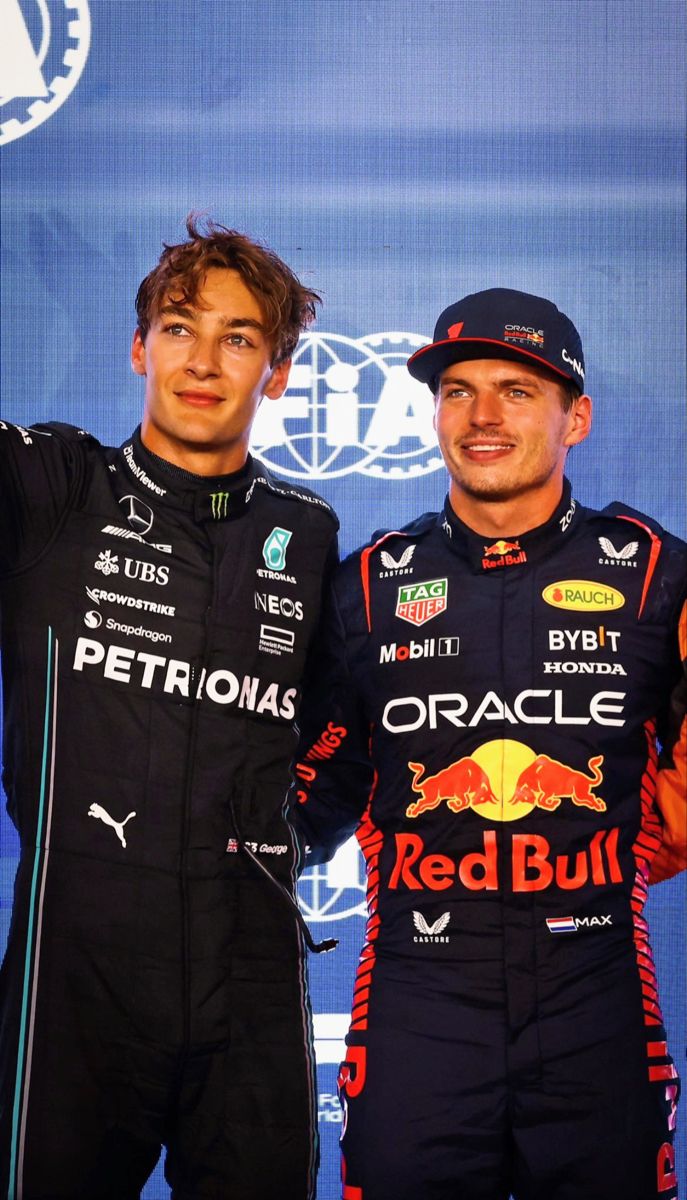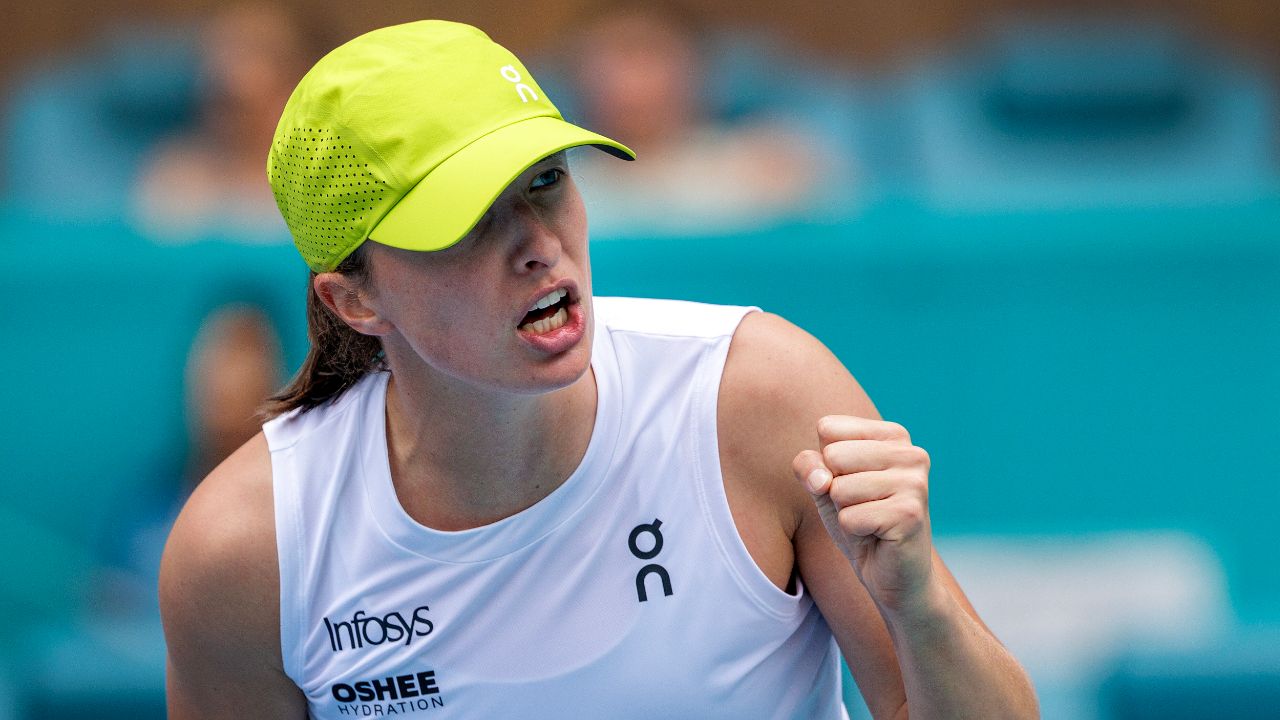Introduction: A United Front Amidst Rising F1 Controversy

Formula 1 is no stranger to high-speed drama, political wrangling, and polarizing opinions. But when two of the sport’s fiercest rivals — Charles Leclerc and Max Verstappen — agree on a single pressing issue, the world listens. Recently, both drivers have voiced a shared concern that is sparking debate across the paddock and igniting headlines worldwide.
This unexpected alliance shines a spotlight on what some are calling a “ticking time bomb” for F1. With growing unrest among drivers, team principals, and fans alike, the issue at hand could drastically shape the future of Formula 1 as we know it.
So what exactly is this fresh F1 concern uniting Leclerc and Verstappen? Why are they so outspoken? And how will this affect the sport moving forward?
Let’s break it all down.
Body: The 7 Must-Know Realities Behind Leclerc and Verstappen’s F1 Warning
1. The Core Concern: An Overloaded and Unsustainable F1 Calendar
Both Leclerc and Verstappen are pushing back against the relentless expansion of the F1 calendar. In 2025, the season is expected to include a record-breaking 24 races, stretching from March to December — the longest season in F1 history.
🗣️ “It’s becoming too much,” Leclerc told the press. “There’s barely time to rest or reset. We’re human, not machines.”
Verstappen echoed the sentiment earlier this year, citing mental and physical exhaustion, and warning that the sport risks losing talent due to burnout.
Key Stats:
- 2023 season: 22 races
- 2024 season: 23 races
- 2025 season: 24 races (expected)
- Total race weeks: Increasing by nearly 10% every two years
This relentless pace is pushing drivers, engineers, and logistics teams to the brink — and Leclerc and Verstappen are sounding the alarm.
2. Why This Matters: The Risk of Diminishing F1’s Elite Status
With so many races, F1 risks turning from an elite, must-watch event into a saturated product. As Verstappen pointed out:
“It’s supposed to be special. But how can every race feel important when there’s a Grand Prix almost every weekend?”
From a business perspective, oversaturation could dilute viewership and devalue sponsorships. Fewer eyes per race means less ROI — a dangerous trend in a billion-dollar sport that thrives on exclusivity and prestige.
3. A Growing Divide: Drivers vs. F1 Executives
The concern over calendar expansion has laid bare a philosophical divide between drivers and F1’s commercial leaders.
While Liberty Media — the company that owns F1 — seeks to maximize profits through new global markets, drivers like Leclerc and Verstappen are advocating for sustainability, quality over quantity, and well-being.
💬 *“I understand the business side,” Leclerc said. “But there has to be balance. Right now, it’s out of sync with what’s best for the sport and the people in it.”
4. Impact on Team Performance and Strategy
More races don’t just mean more work. They require teams to revamp logistics, rotate staff, and strategically sacrifice performance in less profitable or lower-profile races.
This shift has caused a ripple effect:
- Increased mechanical failures
- Higher staff turnover
- Less time for car development between races
- Limited recovery time for drivers post-injury
Teams are beginning to prioritize endurance over peak performance, a strategy that may hurt race quality and viewer excitement in the long term.
5. Fan Fatigue is Real: Engagement Metrics Tell the Story
Leclerc and Verstappen aren’t the only ones noticing the toll of calendar overload. Fan fatigue is emerging as a real issue.
Recent F1 TV and social media engagement reports show:
- A 6.8% drop in live viewership per race in 2023
- Lower engagement during back-to-back race weekends
- Fans citing “too many races” as a reason for tuning out
Curious Fact: The Canadian and Spanish Grands Prix in 2023 saw lower-than-expected global viewership — both placed amid crowded schedules.
When fans struggle to keep up, the sport risks losing its magic.
6. Verstappen’s Threat to Quit: A Serious Signal
When a reigning world champion threatens to walk away from F1 early, the message should not be ignored.
🚨 “If it keeps going this way, I won’t be here for long,” Verstappen warned in an April 2024 interview.
This isn’t posturing — it’s a strategic warning from a driver with enough clout to force change. Leclerc siding with Verstappen only amplifies the concern and suggests a growing driver coalition behind the scenes.
If Verstappen — at the peak of his career — is contemplating an early exit, the sport’s leadership needs to reassess its priorities, fast.
7. Possible Solutions: What Leclerc and Verstappen Are Really Asking For
This isn’t just about complaints. Leclerc and Verstappen are offering solutions to make the sport more sustainable:
- Capping the calendar at 20-21 races
- Better geographical clustering of races to reduce travel stress
- Mandatory rest periods between triple-headers
- Improved mental health and wellness policies for drivers and crews
These ideas aren’t radical — they’re practical. And if implemented, they could not only retain star talent, but also boost race quality and fan engagement.
FAQs About the Leclerc-Verstappen Calendar Concern
Q1: Why are F1 drivers like Leclerc and Verstappen against more races?
A: They cite mental fatigue, physical exhaustion, and reduced race value. More races mean less time to rest, recover, and train, which could lead to lower performance and burnout.
Q2: Is F1 planning to expand the calendar further?
A: Yes. The 2025 season is projected to have 24 races, with continued interest in adding new markets in Africa and Southeast Asia.
Q3: Are fans affected by the expanded calendar?
A: Absolutely. Many fans are experiencing race fatigue, leading to a drop in live viewership and reduced interest in less significant races.
Q4: Could Verstappen or Leclerc really quit?
A: Verstappen has explicitly threatened early retirement if the current trend continues. While Leclerc has not made such a direct statement, his alignment with Verstappen signals growing unrest.
Q5: Has F1 responded to these concerns?
A: As of now, F1 executives continue to pursue growth, but driver feedback is gaining more attention — particularly from sponsors worried about fan disengagement and driver well-being.
Conclusion: Why This Leclerc-Verstappen Alliance Matters Now More Than Ever
In a sport defined by rivalries and ego, the unity between Charles Leclerc and Max Verstappen over this expanding calendar crisis is unprecedented — and deeply telling.
They’re not just speaking for themselves. They’re speaking for the paddock. For the mechanics, the engineers, the fans, and the future of Formula 1.
This is more than a scheduling issue. It’s a battle for the soul of the sport.
F1 thrives when its races feel monumental, its stars feel inspired, and its fans feel connected. Right now, all three are at risk. Unless decision-makers listen to the very voices that drive the sport forward — the drivers themselves — the path ahead could be both exhausting and unsustainable.
As Leclerc and Verstappen have made clear: The time to act is now.


